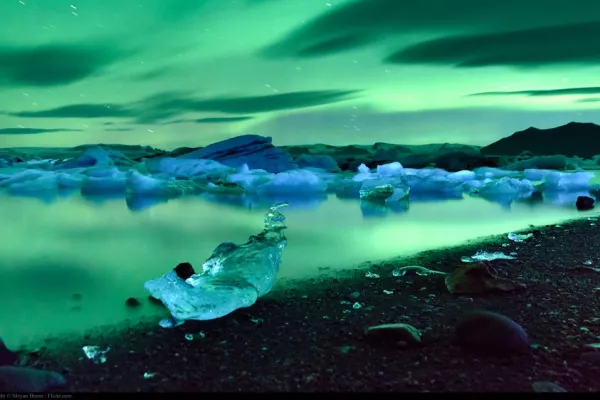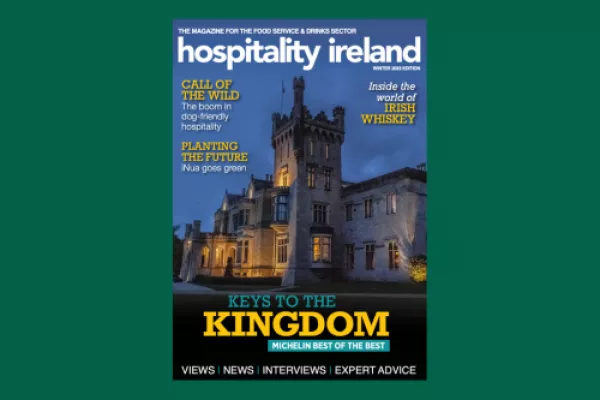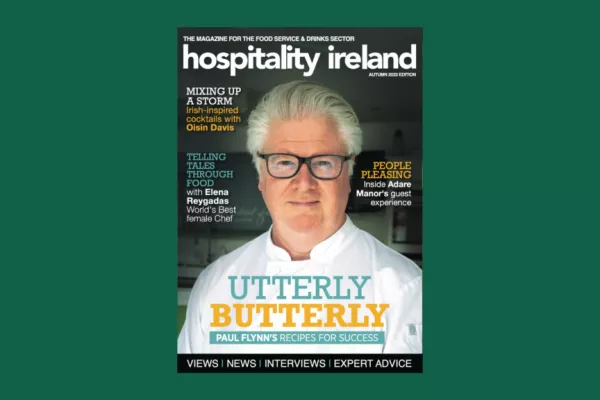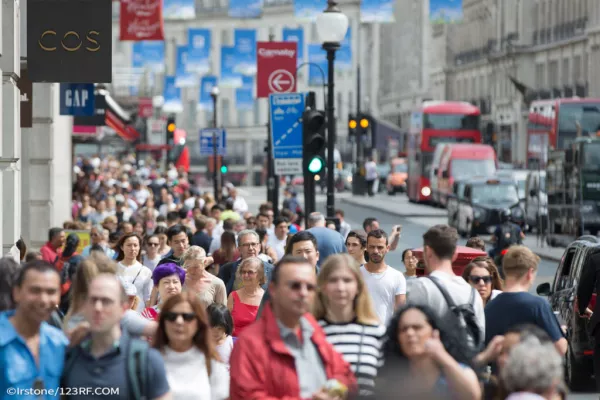If two is company and three is a crowd, then seven must be a horde.
Iceland has become such a popular tourist destination that foreign visitors are estimated to outnumber the local population by seven to one this year. The government is now considering whether the scarcely populated island in the North Atlantic can - and should - accommodate even more.
“This sector is maturing and becoming a real industry in Iceland, and with that of course come challenges that we need to be ready to tackle,” Thordis Kolbrun R. Gylfadottir, Iceland’s tourism minister, said in an interview in Reykjavik.
As many as 2.3 million people are expected to have visited Iceland by the end of this year, up from nearly 1.8 million last year (the number of overnight stays totaled 7.8 million in 2016). Tourism is now Iceland’s biggest export and its second-biggest industry after wholesale and retail trade. In 2016 it accounted for 8.4 percent of gross domestic product.
There’s now talk among the roughly 347,000 Icelanders of how to avoid repeating the same mistakes of the herring bonanza of the 1960s and 1970s, when overfishing decimated stocks and the local fishing industry.
Tourism is now a systemically important industry, prompting concerns from the central bank about the sustainability of such exponential growth rates. A shock to tourism would be a “shock to the economy as a whole,” Sedlabanki said in its October Financial Stability report. The central bank also warned that tourism is putting pressure on the local house market, citing a “surge in short-term private rentals.”
Better Experience
The recently installed left-right coalition government to which Gylfadottir belongs is considering a series of measures designed to, if not limit arrivals, at least improve the quality of the experience.
“We need to map this out to see what we can do to make the tolerance higher. Sometimes it is about strengthening infrastructure, sometimes it can be about steering access to particular areas,” the minister said. “The decisions we make will affect how this sector will evolve.”
The previous administration, in which Gylfadottir held the same office, had decided to hike tourism VAT rates, currently at the mid level of 11 percent. But that proposal was put aside after strong objections from the industry. Iceland is already a fiendishly expensive destination, and “tourism companies are dealing with higher wages and a stronger krona,” she said.
Another idea being floated involves applying a special fee (the previous government called it a ‘nature pass’), whose proceeds would be used to finance the preservation of the island’s unique natural resources. “This is yet to be discussed and worked out,” the minister said. “We will probably never compete with the lowest priced destinations, but people need to experience that they are getting their money’s worth.”
The government is also open to greater foreign investment, now that capital controls have all but been removed. Large chunks of the local KEAHotels chain have already been snatched up by foreign funds.









